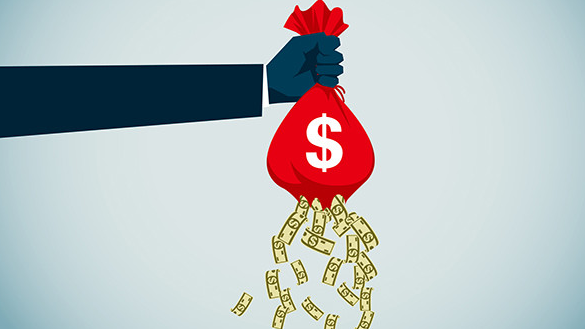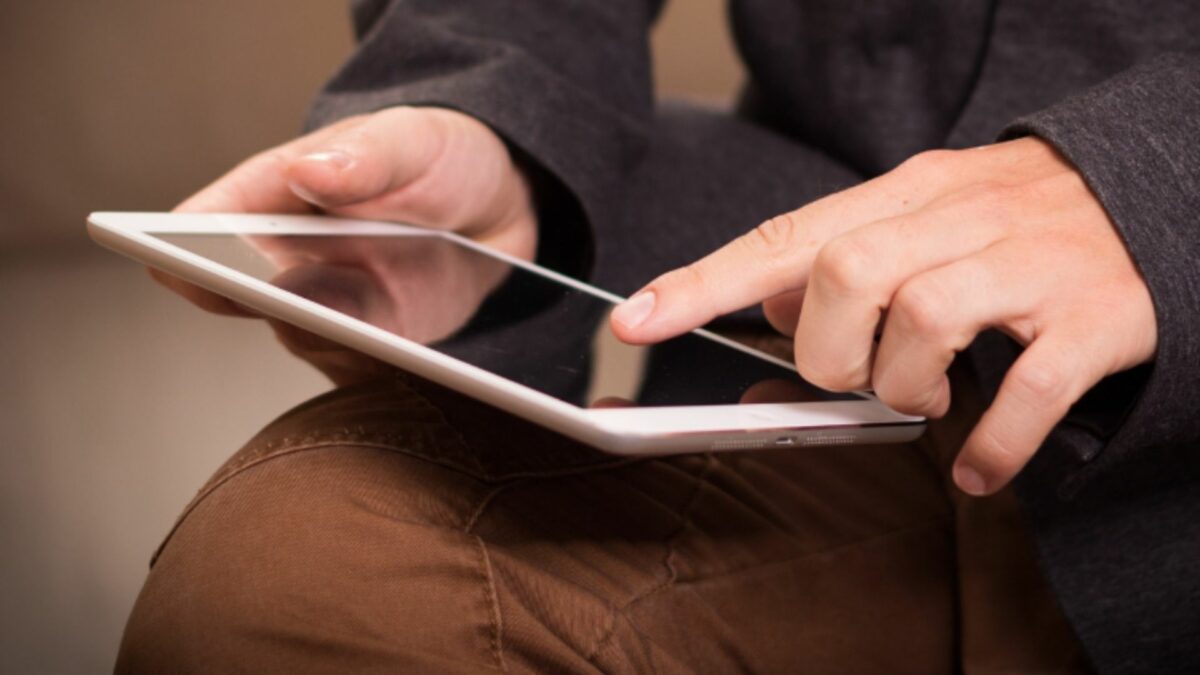In today’s digital age, having access to technology is essential for various aspects of life, including work, education, and communication. However, not everyone has the financial means to purchase tablets, laptops, or smartphones, especially those with low incomes. This is where the government steps in to bridge the technology gap and empower individuals with limited resources. In this article, we will guide you through the process of applying for a free tablet from the government under the Lifeline program and explore alternative options through charities and non-profit organizations.
Government Assistance for Free Tablets

The government, in collaboration with several digital companies and service providers, offers free tablets to low-income families and students as part of its commitment to the nation’s progress and well-being. In order to obtain a complimentary government tablet for the year 2022-23, individuals and families need to adhere to a designated application procedure.. Please note that the process may be competitive, and the availability of free tablets is limited.
Eligibility Criteria for Government Tablets
Before applying for a free tablet from the government under the Lifeline program, it’s crucial to ensure that you meet the eligibility criteria. To qualify, you must:
- Maintain an annual household income that falls within or below 200 percent of the federal poverty guidelines.
- Be a recipient of a federal Pell Grant in the recent award year.
- Be a minimum of 18 years of age or legally recognized as an emancipated minor.
- Be a citizen of one of the states where your selected ACP (Access Control Provider) offers its services.
- Be a participant in one of the Lifeline qualifying Assistance programs or have family members who participate in these programs.
The Application Process
To begin your journey toward obtaining a free government tablet under the ACP program, follow these steps:
- Check Eligibility: Before applying, carefully review the eligibility criteria to ensure you meet all the requirements.
- Online or Offline Application: You can apply for a free tablet online or through offline channels, depending on the application process outlined by your chosen ACP provider.
- Gather Required Documents: The specific documents you need to provide may vary based on the eligibility criteria and the state or organization you are applying to. Commonly required documents include proof of enrollment in a federal government assistance program, which should include your name, the program’s name, and other relevant details. You may also need approval letters, benefit award letters, statements of benefits, benefit verification letters, and school documentation.
- Submit Your Application: Complete the application form, ensuring that all required documents are attached and accurate.
- Wait for Approval: After submitting your application, you will undergo a screening test. If you meet the eligibility criteria and pass the screening, you will be considered for a free government tablet.
- Limited Availability: Keep in mind that free tablets are subject to availability, and not all applicants may receive one.
Alternative Sources: Charities and Non-Profit Organizations

In case you do not qualify for a free tablet from the government or if the process proves challenging, there is an alternative route to consider. Charities and non-profit organizations often provide free tablets to individuals in need. To explore this option, follow these steps:
- Check Eligibility: Determine if you meet the eligibility requirements set by the charity or non-profit organization of your choice.
- Apply: Submit an application to the organization, providing any requested documents and information.
- Wait for Evaluation: The organization will review your application and assess your eligibility.
- Receive Your Tablet: If you qualify, the charity or non-profit organization will provide you with a free tablet.
Please note that the eligibility criteria and application processes may differ among charities and non-profit organizations, so be sure to visit their official websites for precise information.
Conclusion
Obtaining a free tablet from the government or through charitable organizations can significantly improve access to technology for individuals with limited financial resources. By following the outlined steps and meeting the necessary criteria, you can take the first steps toward enhancing your digital connectivity and opportunities in today’s technology-driven world.
Frequently asked questions (FAQs)
1. Who is eligible to apply for a free government tablet under the Lifeline program?
To qualify for a free government tablet under the Lifeline program, individuals must meet specific criteria, including having an annual household income at or below 200 percent of the federal poverty guidelines, being a recipient of a federal Pell Grant, being at least 18 years old (or an emancipated minor), being a citizen of a participating state, and participating in one of the Lifeline qualifying Assistance programs.
2. How can I apply for a free government tablet, and is the application process the same nationwide?
The application process for free government tablets may vary by state and Access Control Provider (ACP). Applicants can usually apply online or through offline channels, such as submitting paper applications. It’s essential to check the specific application procedures outlined by your chosen ACP or the relevant government agency in your state.
3. What documents do I need to provide when applying for a free government tablet?
The required documents may vary depending on your eligibility criteria and the organization or state you are applying through. Commonly requested documents include proof of enrollment in a federal government assistance program, approval letters, benefit award letters, statements of benefits, benefit verification letters, and school documentation. It’s advisable to review the documentation requirements outlined by your ACP or the organization you’re applying to.
4. Are free government tablets guaranteed, or is there a limited supply?
Free government tablets are not guaranteed, as they are subject to availability and the number of applicants. The government and ACPs allocate a specific number of tablets based on funding and resources, which means not all applicants may receive one. Meeting the eligibility criteria and passing the screening test increases your chances of obtaining a tablet, but it’s essential to be aware of the limited availability.
5. What if I don’t qualify for a free government tablet? Are there alternative options for obtaining a tablet?
If you do not meet the eligibility criteria for a free government tablet or if the process proves challenging, you can explore alternative sources. Charities and non-profit organizations often provide free tablets to individuals in need. To pursue this option, you should check the eligibility requirements of the specific organization you’re interested in and follow their application process. Keep in mind that the eligibility criteria and availability may vary among charitable organizations.
These frequently asked questions aim to provide clarity and guidance to individuals seeking information on how to apply for free government tablets and what to expect during the application process.
Author Profile
- John Davis is a nationally recognized expert on credit reporting, credit scoring, and identity theft. He has written four books about his expertise in the field and has been featured extensively in numerous media outlets such as The Wall Street Journal, The Washington Post, CNN, CBS News, CNBC, Fox Business, and many more. With over 20 years of experience helping consumers understand their credit and identity protection rights, John is passionate about empowering people to take control of their finances. He works with financial institutions to develop consumer-friendly policies that promote financial literacy and responsible borrowing habits.
Latest entries
 BlogJuly 8, 2024How to Fast-Track Approval for Section 8 Vouchers
BlogJuly 8, 2024How to Fast-Track Approval for Section 8 Vouchers BlogJuly 8, 2024Unlock Apple Business Credit with No Credit Check Needed
BlogJuly 8, 2024Unlock Apple Business Credit with No Credit Check Needed BlogJuly 8, 2024A $18 Million Per Year Investment Plan for Democrats to Control the Texas House
BlogJuly 8, 2024A $18 Million Per Year Investment Plan for Democrats to Control the Texas House Low Income GrantsSeptember 25, 2023How to Get a Free Government Phone: A Step-by-Step Guide
Low Income GrantsSeptember 25, 2023How to Get a Free Government Phone: A Step-by-Step Guide

